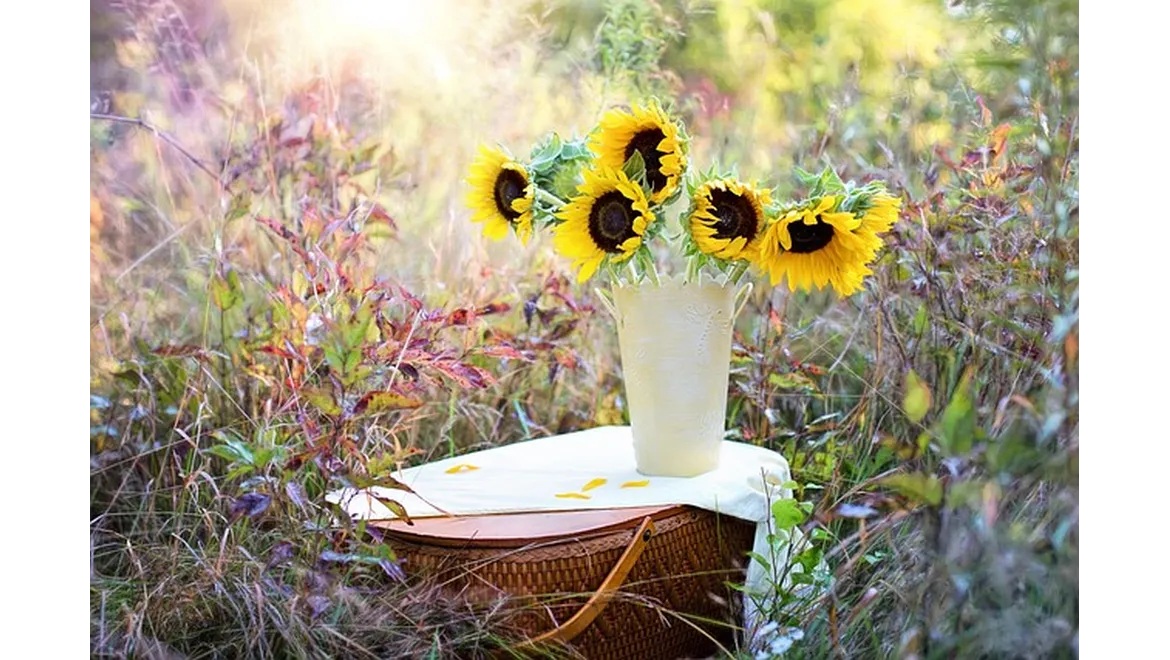Right then, let’s talk cottage gardens and a little touch of luxury! I was just chatting with my friend Luca the other day about how to extend the joy of a UK cottage garden beyond the fleeting summer months. We were discussing how to really get the most out of those beautiful spaces all year round, and the conversation kept circling back to the idea of an orangery.
Luca, you see, is a proper cottage garden enthusiast. Roses climbing everywhere, delphiniums reaching for the sky, foxgloves adding that touch of fairytale magic – the whole shebang. But, like most of us in the UK, he’s battling the unpredictable weather. That’s where the orangery idea came in. It’s about creating a bridge between the garden and the house, a warm haven where the garden’s spirit can live on even when the weather is less than ideal.
Overwintering Tender Plants:
One of Luca’s biggest challenges is protecting his more delicate plants from frost. We talked about how an orangery could provide the perfect environment. He’s got a few prized fuchsias and geraniums that struggle to survive the winter outdoors. In an orangery, kept just above freezing with a small electric heater, they’d have a much better chance. The key here is not to overheat the space – you’re aiming for preservation, not active growth, so between 5 and 10 degrees Celsius is ideal. Luca was thinking of using bubble wrap around the more sensitive pots for extra insulation. Sounds like a plan!
Propagation and Early Starts:
Another exciting possibility is using the orangery for propagation. Luca’s always looking to expand his cottage garden with new varieties. With the orangery’s controlled environment, he could start seeds much earlier in the spring, giving his plants a head start before transplanting them outside. He was already picturing rows of seed trays under a grow light, gently coaxing seedlings into life. The warmth and humidity within the orangery would create the perfect conditions for successful germination. For starting seeds, a temperature of around 18-21 degrees Celsius is usually recommended.
Year-Round Garden Views and Comfort:
Beyond the practical benefits, we also discussed the sheer joy of having a comfortable space to enjoy the garden views all year round. Imagine sipping a cup of tea in the warmth of the orangery, looking out at the snow-dusted roses and holly berries outside. Or enjoying a glass of wine as the summer rain patters against the glass, surrounded by the scent of overwintering herbs. It’s about creating a connection with the garden, regardless of the weather.
Design and Integration:
Of course, the design is crucial. Luca’s keen to ensure the orangery blends seamlessly with his existing cottage garden. We talked about using materials that complement the style of his house – perhaps reclaimed bricks or timber – and incorporating climbing plants like jasmine or clematis to soften the edges and blur the boundary between the orangery and the garden. The placement is also key. Ideally, it should be south-facing to maximize sunlight, but also sheltered from strong winds. A sympathetic design, with plenty of natural light and a sense of openness, is essential for creating a harmonious extension of the cottage garden.
Heating and Ventilation:
Heating and ventilation are crucial considerations. As mentioned, a small electric heater can be sufficient for overwintering, but Luca was also considering underfloor heating for added comfort during the colder months. Ventilation is equally important to prevent the build-up of humidity, which can lead to fungal diseases. Automatic roof vents or louvre windows are a good option, allowing you to control the airflow as needed. He should also consider a shading system, like blinds or retractable awnings, to protect plants from scorching sun during the summer.
So, what did I take away from my chat with Luca? An orangery isn’t just a building; it’s an investment in extending the joy of your cottage garden throughout the year. By carefully considering plant needs, design, and environmental controls, you can create a beautiful and functional space that enhances your connection with the garden, providing a haven for both plants and people. With a little planning, it can seamlessly integrate into the existing cottage garden aesthetic, creating a truly magical experience.


